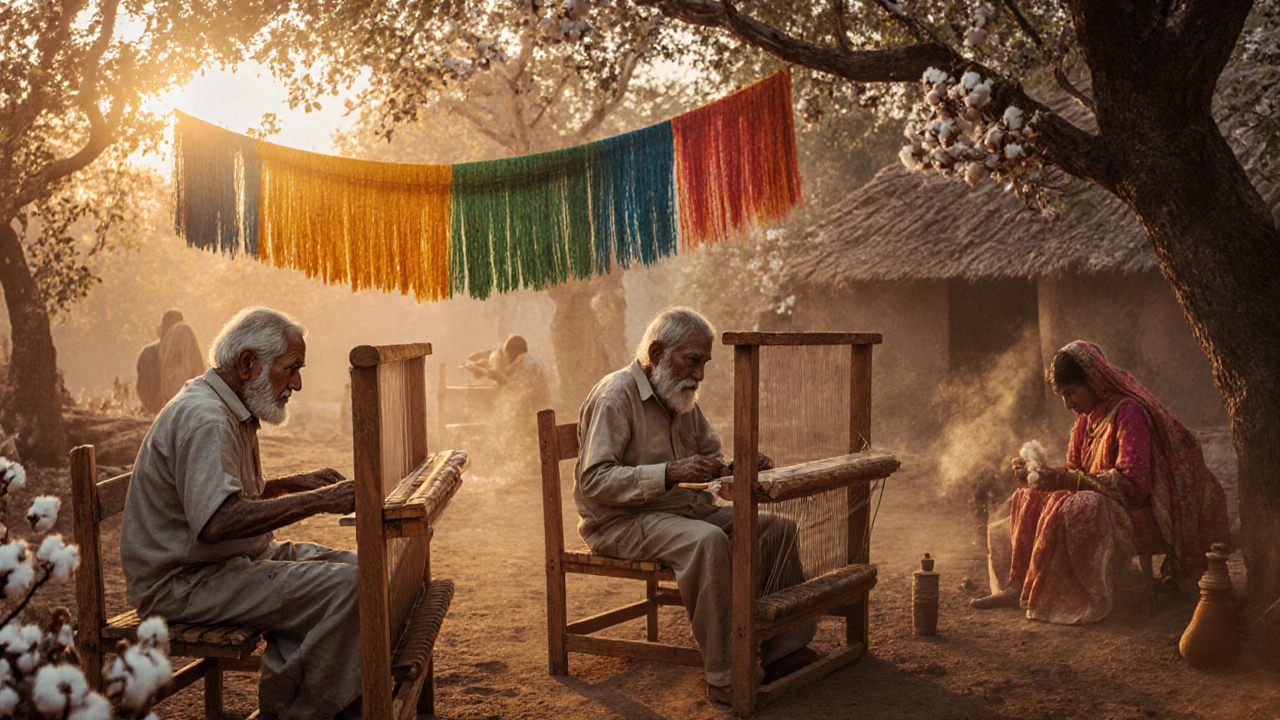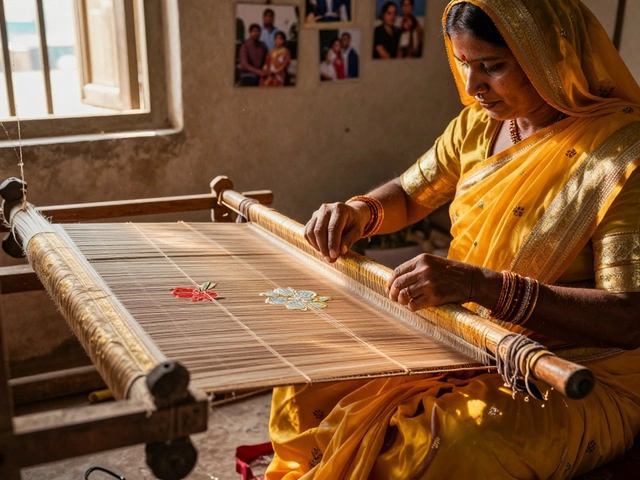Textile Manufacturing in India: What You Need to Know
India’s textile scene is buzzing with activity, from small workshops to big factories. If you’re curious about how the industry works or want to start a textile line, you’re in the right place. Let’s break down the most useful info without the fluff.
Current Trends Shaping Textile Manufacturing
First off, synthetic fabrics are taking a bigger slice of the market. Brands love polyester, nylon, and blends because they’re cheap, durable, and easy to dye. This shift means factories are investing in new machines that can spin and finish synthetics faster.
Second, sustainability is no longer a buzzword. Buyers ask for eco‑friendly yarn, water‑saving processes, and reduced carbon footprints. Many plants are installing closed‑loop water systems and switching to bio‑based dyes to stay competitive.
Third, digital tools are speeding up design and production. CAD software lets designers create patterns that machines read directly, cutting errors and waste. Some companies even use AI to predict which colors will sell best each season.
Practical Steps to Boost Your Textile Business
1. Pick the right material. If you’re just starting, consider a mix of cotton and polyester. Cotton gives comfort, polyester adds strength and cost‑efficiency.
2. Invest in modern equipment. Even a mid‑size loom with electronic controls can improve speed and quality. Look for machines that support both natural and synthetic threads to keep options open.
3. Focus on quality control. Set up a simple checkpoint system: raw material test, in‑process inspection, final product audit. Small, consistent checks stop big problems later.
4. Build a reliable supply chain. Partner with local yarn producers who can deliver on time. Keep a backup vendor for critical inputs like dyes or thread to avoid shutdowns.
5. Market your products smartly. Use social media to show behind‑the‑scenes videos of your factory. Customers love seeing how a shirt moves from yarn to finished garment.
6. Stay compliant. India’s regulations on chemicals and waste are tightening. Register your plant with the Pollution Control Board and follow the latest guidelines for hazardous substances.
7. Explore export opportunities. The US, EU, and Middle East still import a lot of Indian textiles. Research the required certifications – for example, OEKO‑Tex for safety – and get them in place.
By following these steps, you can turn a small workshop into a thriving textile manufacturing unit. Remember, the industry rewards consistency and adaptability more than flashiness.
In short, keep an eye on material trends, invest in the right tech, and make quality a habit. With those basics nailed down, you’ll be ready to tap into India’s huge textile market and even reach global buyers.
Which Country Is Best in Textile? India Leads in Production, Export, and Craftsmanship
India leads the global textile industry with unmatched craftsmanship, organic cotton production, and a vast network of handloom weavers. It’s the top exporter of premium fabrics and the best choice for ethical, high-quality textile sourcing.
Read MoreMost Profitable Textile Businesses: Top Ideas & Niches for High Returns
Uncover which textile businesses bring the highest profits today, from apparel to technical textiles. Get insights, stats, and expert tips to boost your textile venture.
Read MoreRichest Textile Company in the World: Examining the Leaders from India and Beyond
Wondering which textile company is at the top in terms of wealth and scale? This article breaks down the richest textile company worldwide, with a special focus on how Indian giants stack up in the global market. Find out what drives these companies, what sets them apart, and what you can learn if you're eyeing the textile industry yourself. From profits to production scale, get the real numbers and insider insights. Be ready for some surprises—it's not always who you think.
Read MoreCurrent Trends and Challenges in India's Textile Industry
The Indian textile industry is an intricate tapestry of history, culture, and economic significance. As of 2024, it stands as one of the world's largest and most diverse textile sectors, providing millions of jobs and contributing significantly to the country's GDP. However, this vibrant industry faces challenges such as high competition, environmental concerns, and the need for technological advancement. Understanding these aspects can offer insightful views on the industry's future trajectory and its role in global markets.
Read More







